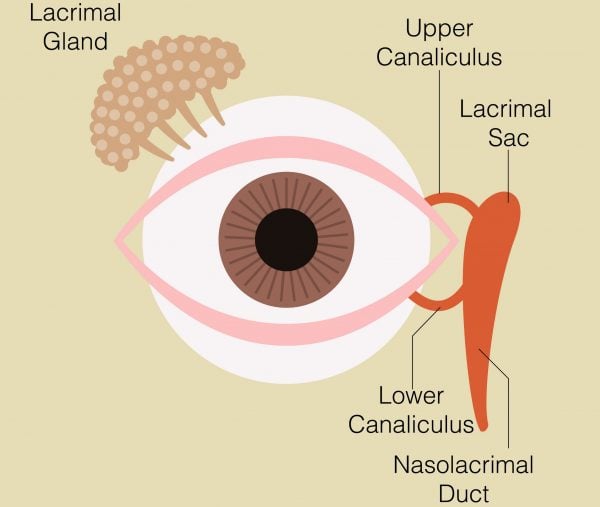
Newborn babies cry a lot. We know this. But unless you’ve been up close with a screaming, little – erm – angel, you may not have realised that they don’t actually produce any tears.
Truly. No matter how upset they are, their cherubic cheeks stay as dry as their nappies… aren’t.
So why is it that newborns don’t turn on the waterworks? And at what point does that change?
We asked Dr Phillipa Sharwood, a Brisbane-based paediatric ophthalmologist and member of the Royal Australian and New Zealand College of Ophthalmologists, to explain.
Why don’t newborn babies cry tears?
It’s all to do with the tear glands. Formally known as lacrimal glands, these small, almond-shaped organs sit underneath the top eyelid, above the eyeball, and are responsible for tear production.
“It’s almost like the cloud that makes it rain. The tears then come down over the eye, and there’s a drainage system (the tear duct) in the inside corner of the eye that goes down into the nose,” Dr Sharwood told Mamamia.
“How much we actually cry – as in how much spills down our cheek – depends on how good the drainage system is, versus how much tears the glands produce.”
In the case of newborns, Dr Sharwood explained, that production is limited: “Babies don’t produce a normal amount of tears when they’re born, because their tear glands aren’t completely developed yet.”


